Play other games
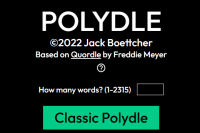
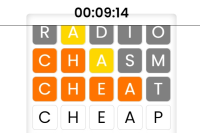
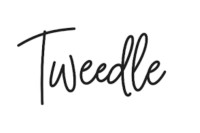
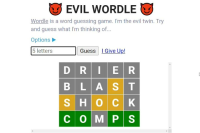
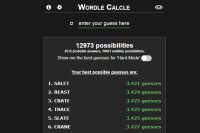
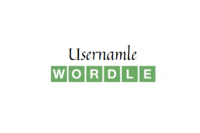
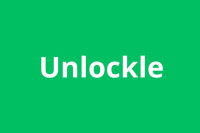
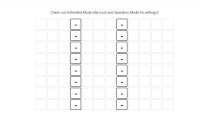
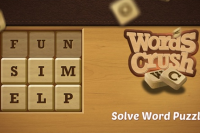

Cuberdle
The intriguing word puzzle game known as Cuberdle takes its cues from both the well-known Rubik's Cube and the game Wordle, which challenges players to correctly identify words.
In this version of the classic puzzle, players are tasked with resolving a digital Rubik's cube within a predetermined time limit and a certain number of moves. Finding the correct turning sequence that will solve the cube within the allotted number of moves is the objective of this game.
The gameplay consists of the player clicking and dragging the stickers on the virtual Rubik's Cube in order to rotate the cube in a variety of different orientations. The difficult part of this task is working out the proper order of moves that, when combined, will result in the cube being solved in the allotted number of turns.
Getting to the Bottom of the Problem
Rubik's Cube Notation is a set of symbols that is often used to describe the different movements and rotations of a Rubik's Cube. Players use this notation to determine the solution to the puzzle. A letter denotes each step, such as R for "right face clockwise," U for "upper face clockwise," and R' for "right face counterclockwise."
FRUR'U' is an example.
After the player has submitted the sequence of moves, the game offers feedback in the form of highlighting the moves in the following order:
The letter R' denotes that the next step to be solved is the letter R'. There is a possibility that the final solution will contain more R' movements, but this is not guaranteed.
F: indicates that the letter F appears in the final answer at some point but not in the first position.
R indicates that the value R does not appear anywhere in the final solution.
The cube can be turned Players can turn the cube by clicking on one of the stickers on the cube and dragging it to the position they want it to be in. Furthermore, students can click and drag the background to rotate the entire cube in whatever direction they like.
Additional Information In the game of cuberdle, neighboring contrary movements (such as R and R') cancel each other out and are not included in the solution in any way. This indicates that a move and its opposite cannot be considered part of the final sequence if they are done one after the other in rapid succession. If you make the same move twice in a row (for example, F and F), they will be combined into one move (F2), making the game more difficult. This occurs at medium and hard difficulty settings.
In general, solving word puzzles and interacting with a Rubik's Cube present a new challenge that can be made more interesting through the use of a cube. Players are required to utilize both their familiarity with the Rubik's Cube notation and their ability to solve puzzles in order to locate the appropriate sequence of moves that will result in the cube being solved within the allotted number of moves. Players are required to think logically and demonstrate spatial awareness in order to succeed in this game, which is both exciting and challenging.